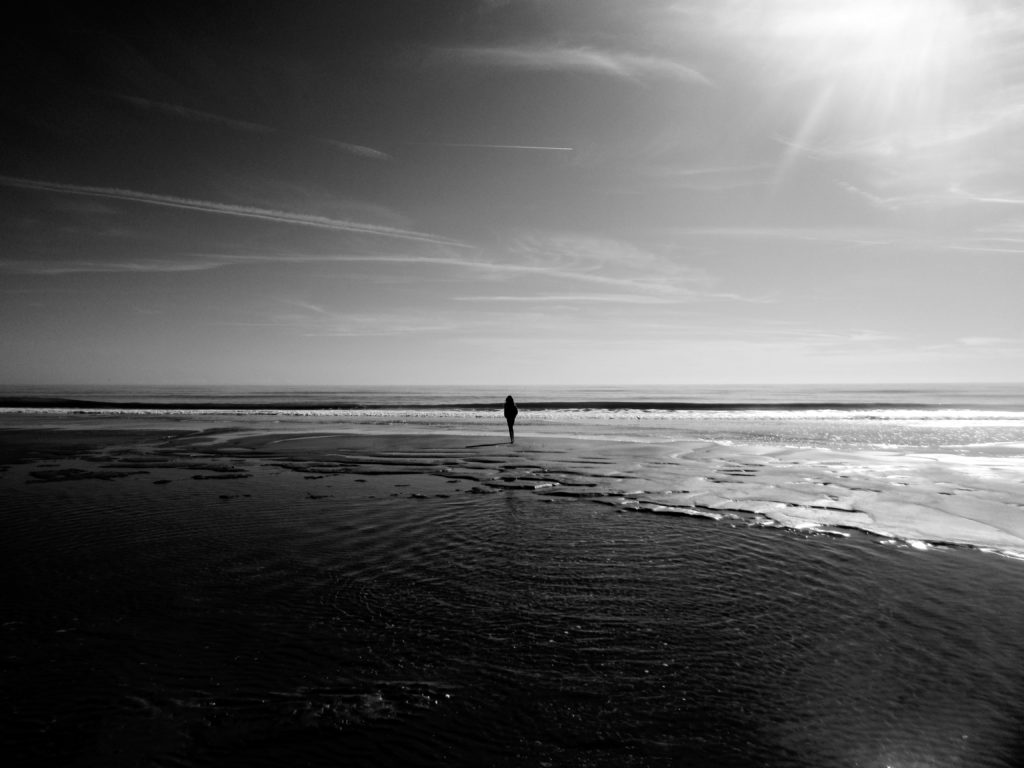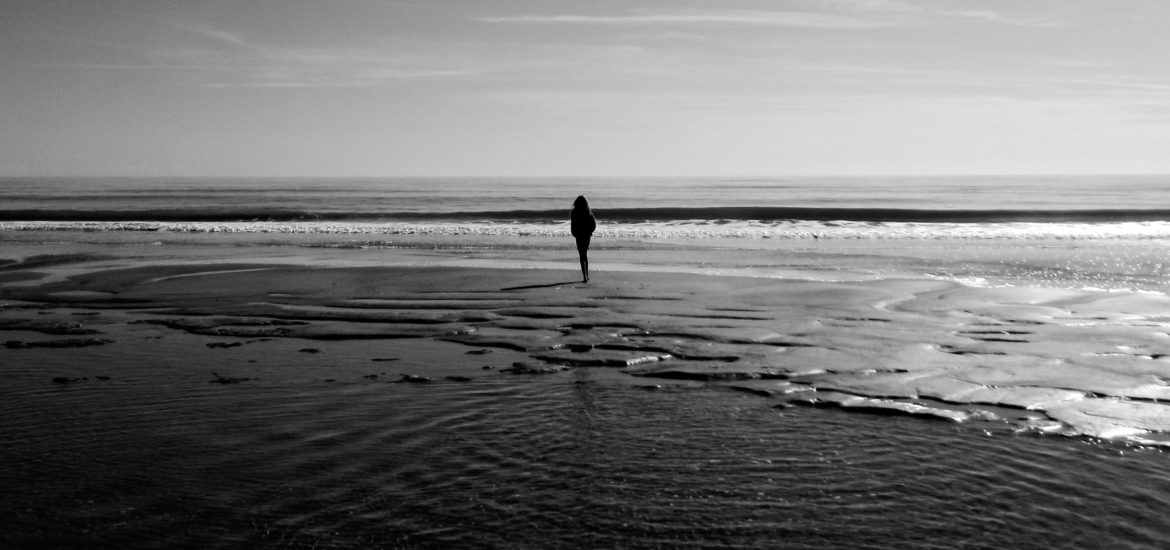This afternoon, I spent a little time out in the yard, adding another strand of lights to one of our palm trees, a small protest against the dreariness of the day. It’s winter solstice, I reminded myself as I worked, the darkest day of the year. Later, after dusk, I stepped outside and into the road in front of my house to see the effects of my addition. I am no artist of lights, even with LCB’s earlier help, so it was hardly perfect. But still. Lit palm trees, I decided, make up for all the late December darkness.
Exactly two years ago, on the winter solstice, I wrote about a different kind of light: moonlight, a light spoken into existence long, long ago. Unlike the lights I hung today, this light is beyond my reach, forever beyond what I could create with a thousand strands of lights. From one night to the next, it casts a wide tapestry of artwork that is ever present, ever changing, and ever reflecting of something greater than itself.
Here’s the reposting of that original post:
Tonight is the winter solstice and thus the longest night of the year. It is the beginning of winter, a season marked by hibernation and cold, by darkness and the absence of growth.

The moon is also waning tonight. It will continue to diminish as we move into Christmas, growing smaller and smaller until it almost seems gone.
One of the things I’ve learned from living near the ocean is how moonlight alters things. It does everywhere, of course, but there’s so much openness here and so few distractions. A walk on the beach on a moonless night becomes more of a stumbling, both beautiful and eerie, houses and dunes and sky and ocean all cast in dark shadows, the line between sea and sky invisible.
But I’ve learned this, too: When the moon “returns†after Christmas and begins to wax, it will cast its light across the Atlantic toward the shoreline before moving higher in the sky. And when it does, even though it only reflects a small amount of the sun’s light, the beach will become luminous at night, a world made new.
I’m told the moon itself is a dark gray color, like pavement almost, and that in its best moments it only reflects maybe twelve percent of the sun’s light. I read somewhere that Saturn’s moon Enceladus, by contrast, is the most reflective body in our solar system. If we could walk its surface like we have our moon’s, they say we would see that it is bright white, the color of fresh snow. I wonder how the world of the Atlantic would look under such reflection.
Though I am busy, I have put up more lights this year, both inside and out, than I have in years. I peck away at it, adding a strand here and there, stockpiling candles and lanterns and fairy lights. This year, to mark over a decade-and-a-half in the South, where snow is rare and multiple Christmas trees are not, I’ve added a second tree, snow-flocked and beach-themed. The snow reminds me of where I’m from, I tell myself. But then again, I know, so does the beach theme.
Tonight, the house lights are off and the Christmas lights on. Soon, I will finish with this and the evening will begin. I’ll light more candles and we’ll clink our glasses of Bordeaux. And if, if we are wise, we will think about the moonlight that will wane at first but then always, always wax long across the waves again.
